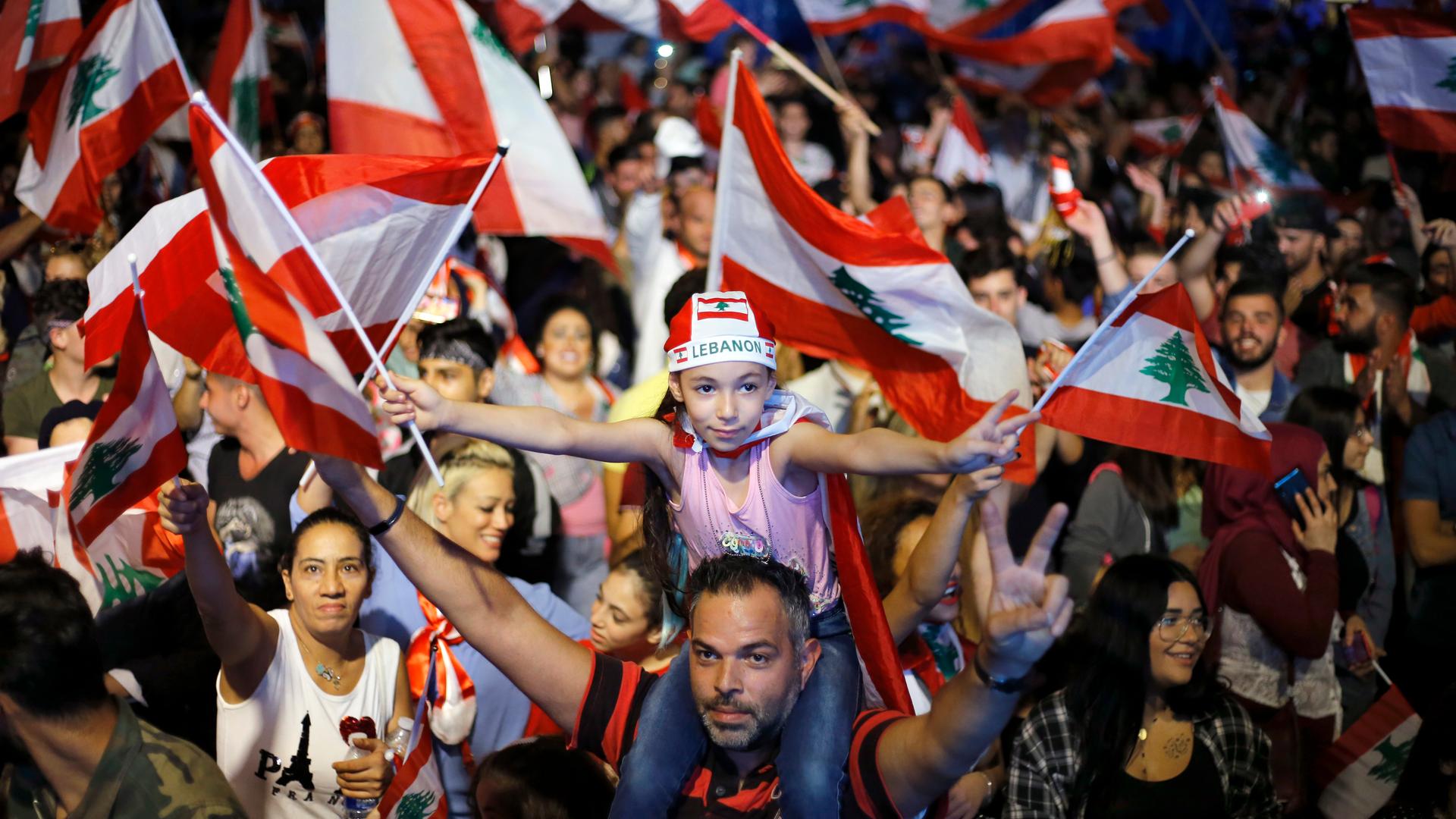With Algeria and Sudan ousting longstanding leaders, ongoing unrest in the Gaza Strip and protests in both Iraq and Lebanon, there is a feeling that change could once again be sweeping across the region.
This year we have seen the overthrow of leaders in Algeria and Sudan, followed by widespread protests in Egypt, Iraq and now Lebanon. While all of this was happening, Palestinians in the Gaza Strip continued to protest the illegal Israeli occupation in what is known as the ‘Great Return March’.
It is fair to say that 2019 has been a year of revolution for the Arab world, but is this really a second Arab Spring?
The Arab Spring truly began on December 17 2010, after the death of Mohammed Bouazizi, who set himself on fire, sparking outrage in Tunisia and a revolution leading to the removal of the country’s President Zine el Abidine Ben Ali in 2011.
Ben Ali’s ousting caused a domino effect, stirring rebellion across the Arab world. The Egyptian revolution dethroned longtime dictator Hosni Mubarak and following this came a number of insurrections which were aimed at achieving the very same in Bahrain, Yemen, Syria and elsewhere.
However, the Arab Spring did not go as smoothly as it did in Tunisia – a number of counter-revolutions, regime change wars, foreign interventions and a military coup spelt disaster for the region.
The Arab world was dealt a major blow, not only to its pride but to its self-belief in creating a better reality. The underlying problems which caused the Arab Spring, such as corruption, poverty, dictatorial rule etc., never went away. So as people suffered, the rage simmered.
Fast forward to March 30 2018, when the people of the besieged Gaza Strip led the way and took a stand against their Israeli occupiers. The ongoing protests are inspired by a Palestinian poet’s Facebook post, in which he asked what would happen if the people of Gaza went in their hundreds of thousands to the illegal fence separating Gaza from Israel and demanded the enforcement of UN resolution 194 – affirming the Palestinian refugees’ right to return to their ancestral lands.
Until now, over 330 Palestinian demonstrators have been killed and upwards of 42,000 have been injured. No Israelis have been killed or sustained significant injuries.
Later in 2018, the spirit of revolt in the Arab world continued to brew and on December 19 the uprising in Sudan began against the reign of former President Omar al Bashir.
In January 2019, the murmurings of an Algerian revolution stirred. The people of Algeria, in an unprecedented manner, began to conduct a campaign of widespread civil disobedience and protests. This came following the announcement of then-President Abdelaziz Bouteflika, a man in his eighties, that he was seeking to run for a fifth term. The people had enough and continued their protest until April 2 when the Algerian military demanded the resignation of President Bouteflika who had been in power for almost 20 years. These demonstrations continue as the people don’t want to release pressure on the establishment, which is accused of making cosmetic changes while keeping the real power brokers entrenched.
Later in the year, we saw unrest in Egypt. On September 20, a call for mass protests came from a businessman named Mohammed Ali, who was formerly close to the Egyptian government and now lives in exile.
Years after relative silence following the military coup, which placed Abdel Fatteh al Sisi in charge as the President of Egypt, Egyptians seem to have sparked a new protest movement.
Earlier this year on June 17, the former Egyptian President Mohammed Morsi died in captivity. The living conditions in Egypt are also now worse under Sisi than they were under former dictator Hosni Mubarak.
Following this, a wave of protests began in Iraq, calling upon Prime Minister Abdel Abdul Mahdi to resign and for an end to government corruption. So far, at least 149 protesters have been killed according to the Iraqi Health Ministry. The protests continue and another large demonstration took place on Friday.
The latest Arab uprising is now taking place in Lebanon. Beginning on October 17, the Lebanese people surprised the world with a sudden call to action, as they took to the streets. People of all faiths and ethnic backgrounds came together, protesting throughout the country, against corruption, austerity and unemployment. The straw that broke the camel’s back in Lebanon: a tax announced to be placed on WhatsApp calls, a free application (which has since been withdrawn by the government).
Millions of people lined the streets of Lebanon, closing down stores, blocking the roads, with many calling for the “fall of the regime”. Some of the protesters seek different solutions, but they all remain united under the Lebanese flag in seeking an end to corruption and a better standard of living.
Despite basic reforms announced by Prime Minister Saad Hariri, with the blessings of Michel Aoun, the Lebanese president, the people are not pleased.
It seems that in Lebanon these protests could be the beginning of something much bigger.
In Lebanon, there is a climate of excitement, but also of fear for the possibility of plunging the country plunging into civil war. Lebanon had a 30-year long history of civil war and if tensions are inflamed once again, this could pave the way for US intervention or even potentially another Israeli invasion.
It seems that in Lebanon these protests could be the beginning of something much bigger. It also looks as if the momentum across the Arab world is building. But the question still remains, will this Arab Spring be a repeat of the last one in 2011?
Author: Robert Inlakesh
Robert Inlakesh is a journalist, writer and political analyst, who has lived in and reported from the occupied Palestinian West Bank. He has written for publications such as Mint Press, Mondoweiss, MEMO and various other outlets. He specialises in analysis of the Middle-East, in particular Palestine-Israel.
Source










Discussion about this post